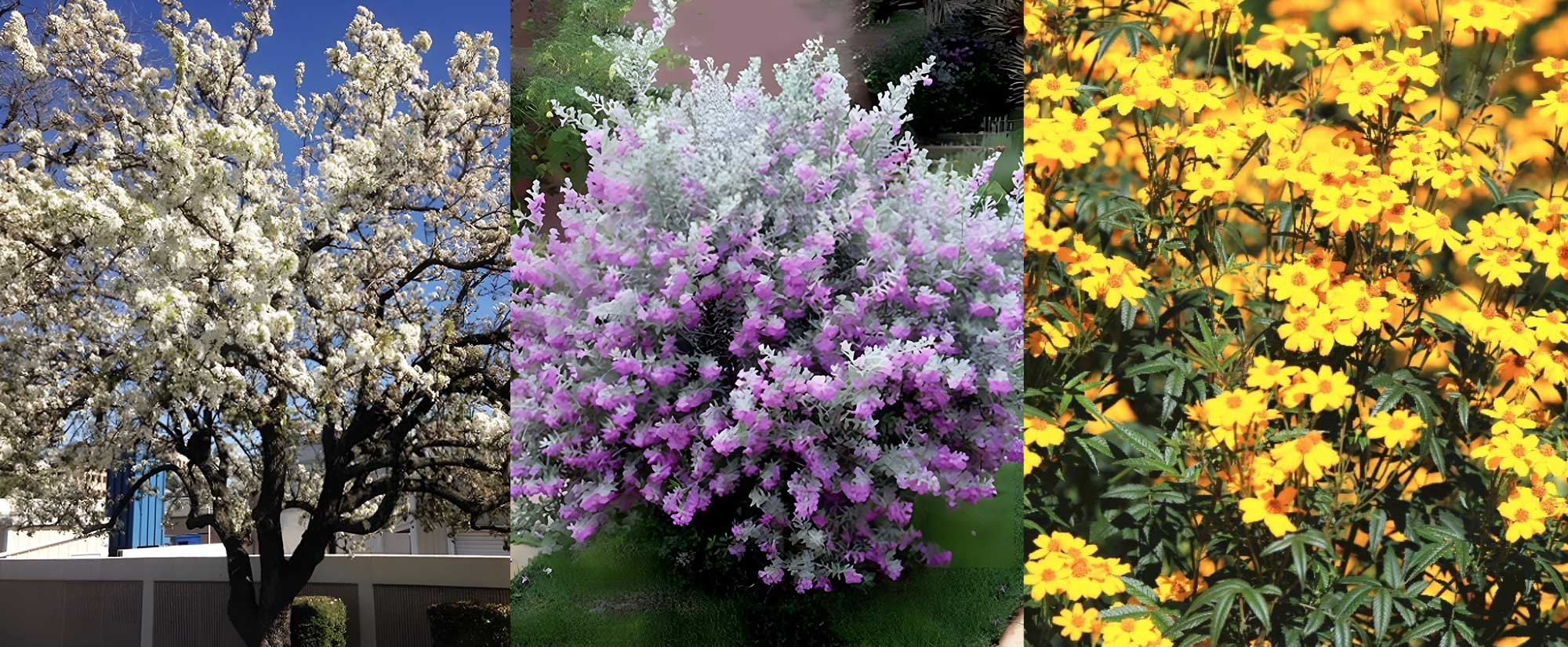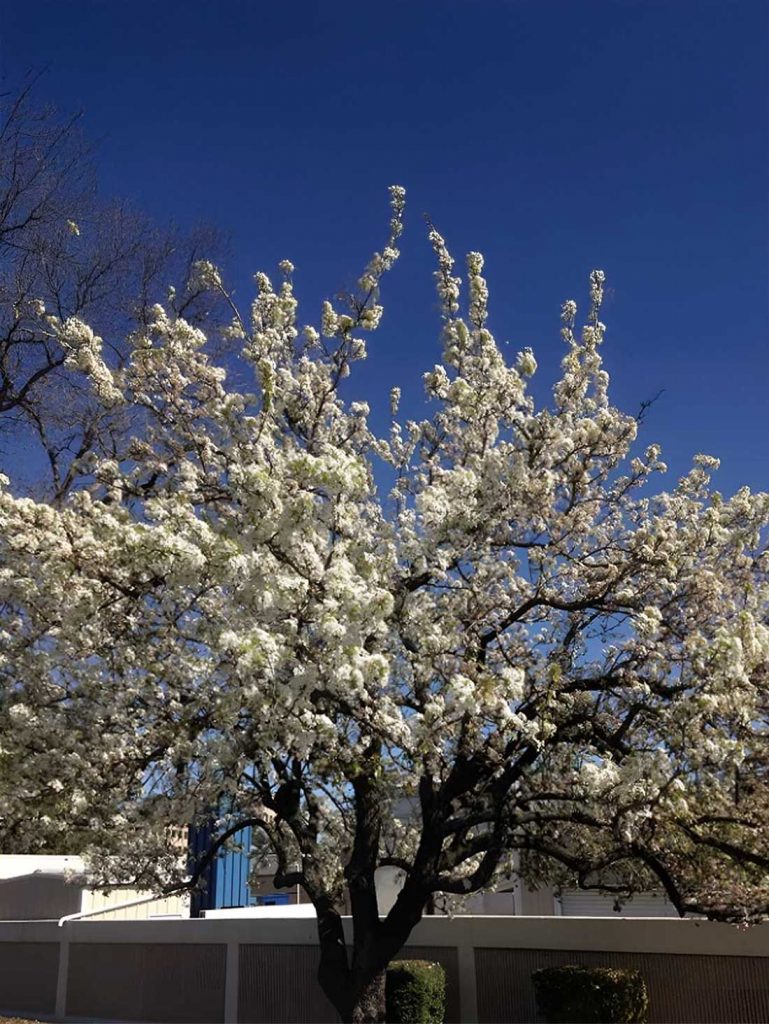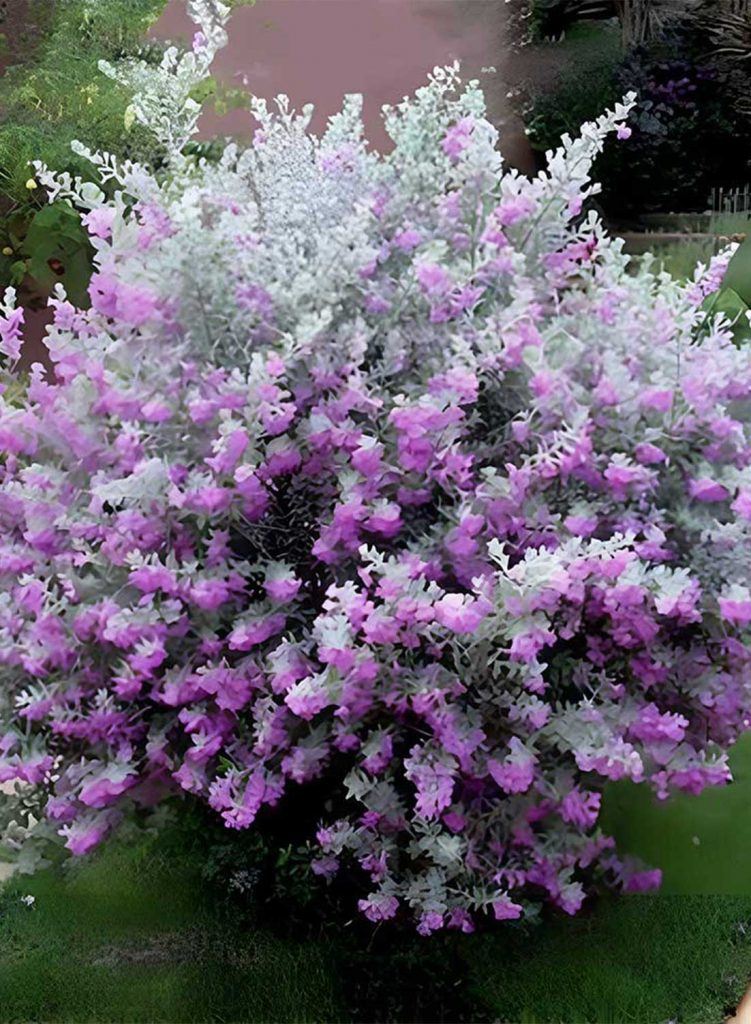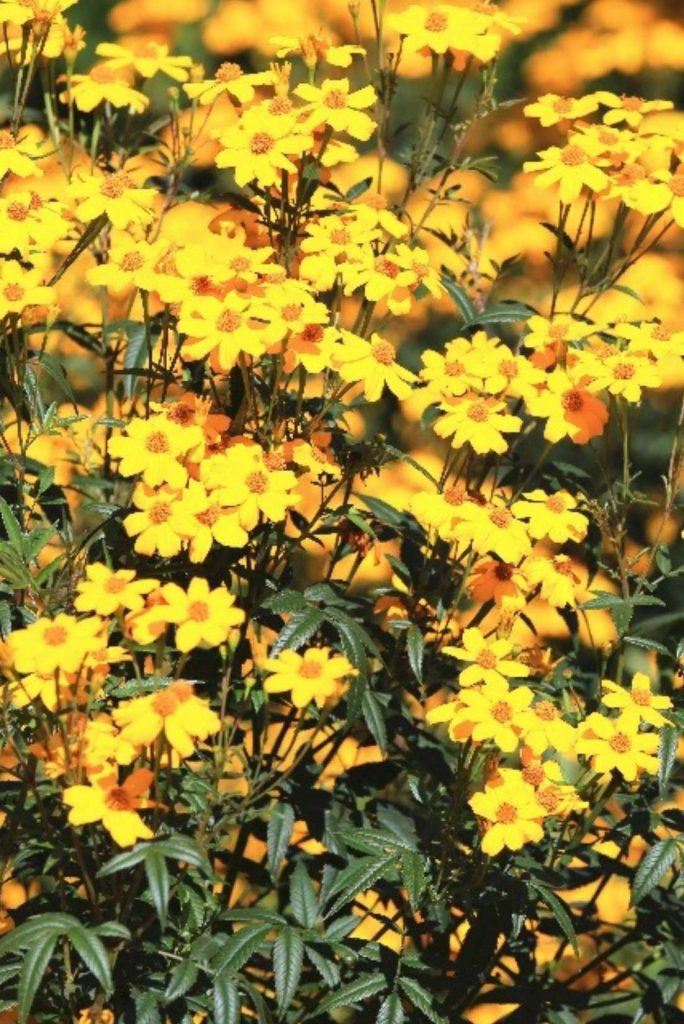
Tree of the month:
TThe Mexican plum (Prunus Mexicana), a native North American tree, is celebrated for its fragrant spring blooms, edible fruit, and attractive bark. This hardy and adaptable species has become a popular ornamental and wildlife tree, thriving in diverse habitats like woodlands, thickets, river bottoms, and prairies. Remarkably tolerant of both wet and dry conditions, it plays a crucial role as a larval host for numerous butterflies and moths, including the tiger swallowtail and cecropia moth. Additionally, its fruit serves as a valuable food source for birds and mammals. The early spring flowers are particularly captivating to bees and other pollinators, contributing to the tree’s ecological significance.
Key Features of the Mexican Plum:
Flowers:
The tree produces clusters of showy, white or pale pink flowers in early spring (February–April), before the leaves emerge. These flowers are fragrant and provide an early source of nectar for pollinators.
Foliage:
The deciduous leaves are oval-shaped, 2 to 5 inches long, and have finely toothed or double-toothed margins. They are yellowish-green on top with soft hairs underneath. The foliage provides a showy display of yellow, orange, and red in the fall.
Fruit:
The plums are drupes that ripen from July to September. They start yellow and mature to shades of rose, lavender, or purple with a glaucous (waxy) bloom. The fruit is edible but tart, often used for making jams, jellies, or preserves. Wildlife such as birds and mammals also consume the fruit.
Bark:
Smooth and reddish-gray on young trees, the bark matures to a blue-gray color. With age, the bark develops a rough texture with darker horizontal striations and plate-like, exfoliating patches.
Growth Habit:
A small, single-trunked tree that typically grows 15 to 25 feet tall, though it can reach up to 35 feet. Unlike other native plum species, it does not typically produce suckers that form dense thickets.

Key Features of the Silverado Texas Sage:
The ‘Silverado’ Texas Sage (Leucophyllum frutescens ‘Silverado’) is a low-maintenance, drought-tolerant shrub with dense, silvery-gray foliage and reddish-violet flowers. It’s a cultivar of Texas sage (Leucophyllum frutescens), a native plant of the Chihuahuan Desert. The plant typically blooms from summer to fall, often triggered by rainfall. The flowers attract hummingbirds, butterflies, and bees, and it’s also considered deer-resistant.
Key Features of the Silverado Texas Sage:
Flowers:
The shrub produces showy, tubular, reddish-violet to purplish flowers.
Foliage:
The ‘Silverado’ cultivar is known for its compact and dense growth habit, with soft, silvery-gray leaves. This contrasts with the more open, irregular habit of other Texas sage varieties.
Growth Habit:
It grows into a dense, rounded mound, reaching about 3–7 feet in both height and width, depending on the source.
Care:
For the best flowering and foliage density, plant it in a location that receives full sun (at least 6–8 hours daily). This shrub thrives in poor, well-drained, alkaline soils. It does not tolerate heavy, poorly draining soils or overwatering. If you have heavy clay soil, consider planting it in a raised bed.

Perennial of the Month:
The Copper Canyon Daisy (Tagetes Lemmonii), also known as Lemmon’s Marigold or Mountain Marigold, is a perennial shrub native to the canyons of southern Arizona and northern Mexico. This heat- and drought-tolerant plant is prized for its fragrant foliage and abundant fall blooms. Its ability to thrive in poor soil and drought makes it a reliable choice for xeriscapes, accent plantings, and sensory gardens. It can also be used as a low screen or hedge. Deer, which avoid the plant, make it an excellent option for areas where they are a problem. Additionally, its natural pest-deterring qualities make it an excellent companion plant.
Key Features of the Copper Canyon Daisy:
Flowers:
The shrub produces a profusion of small, golden-yellow, daisy-like flowers that attract bees and butterflies. Peak blooming typically occurs in late summer and fall, often continuing until the first frost.
Foliage:
It has finely cut, lacy leaves that emit a strong fragrance when brushed or crushed. The scent is often described as a mix of marigold, lemon, and mint. This pungency makes the plant naturally deer-resistant.
Growth Habit:
The plant can grow into a dense, mounded shrub, typically reaching 3 to 6 feet in both height and width.
Aesthetic:
Its golden-yellow blooms create a colorful contrast with plants like agaves, lamb’s ear, and various salvias.



